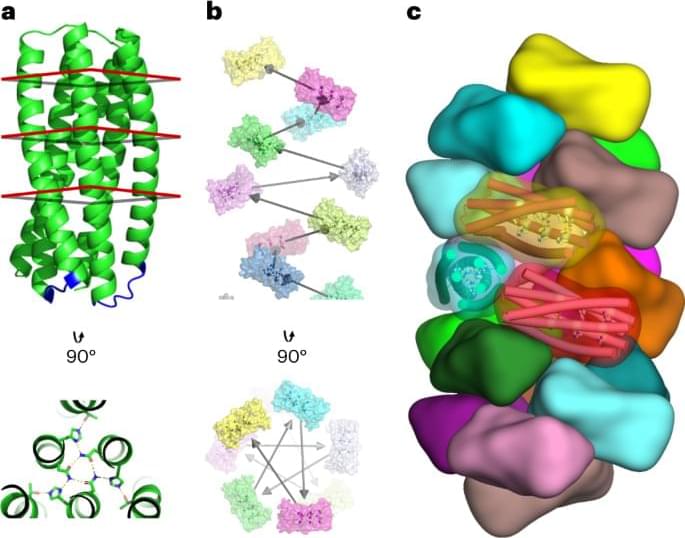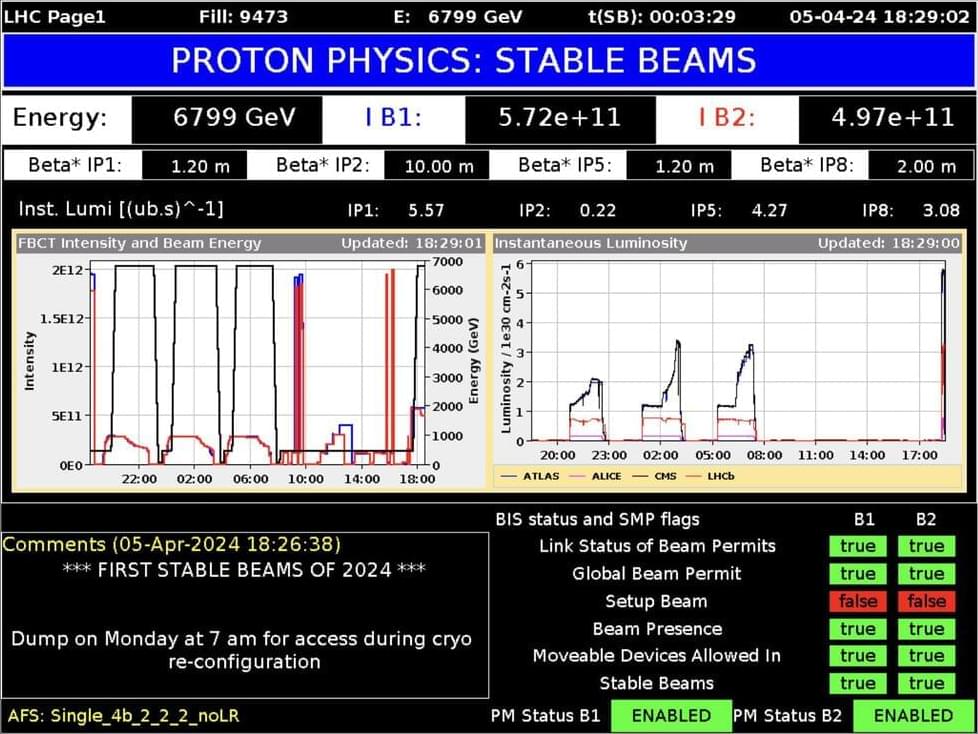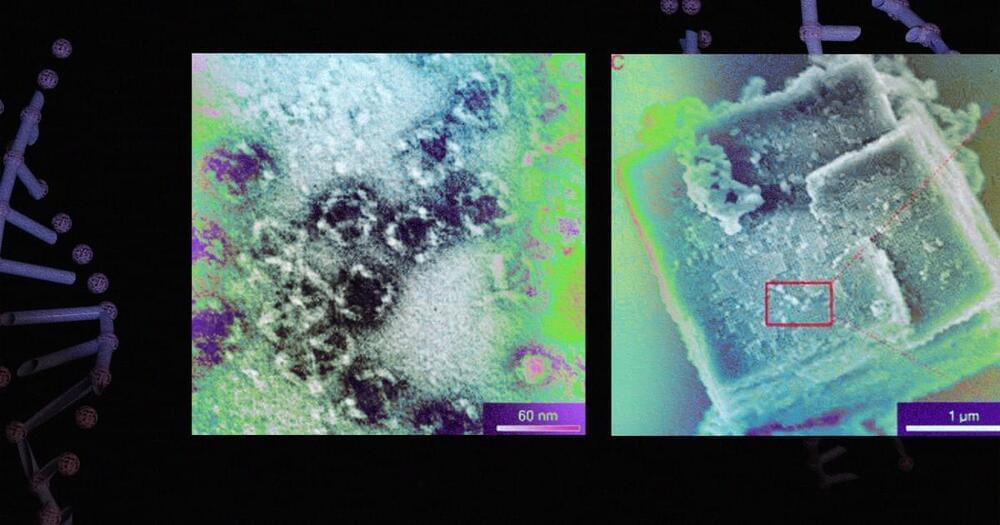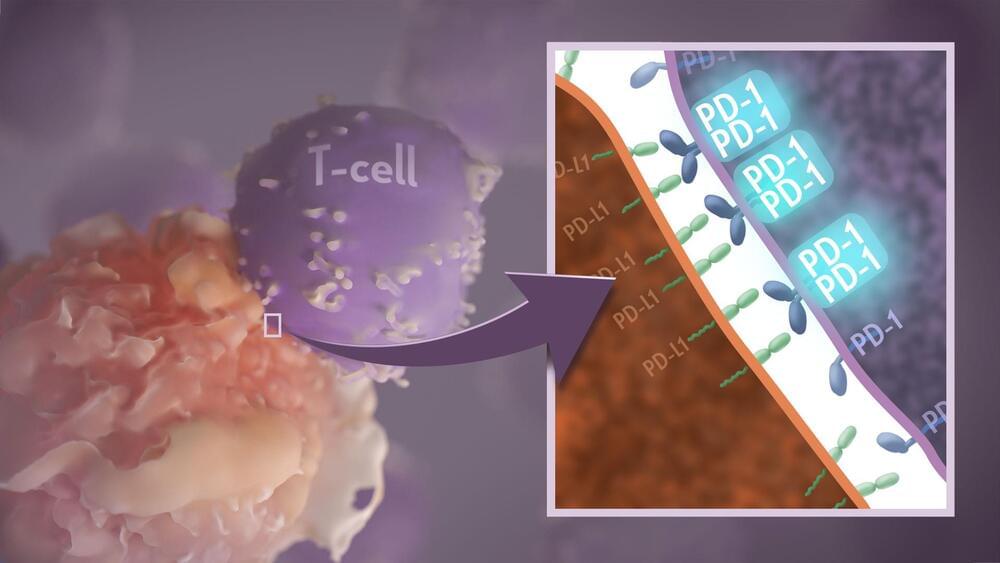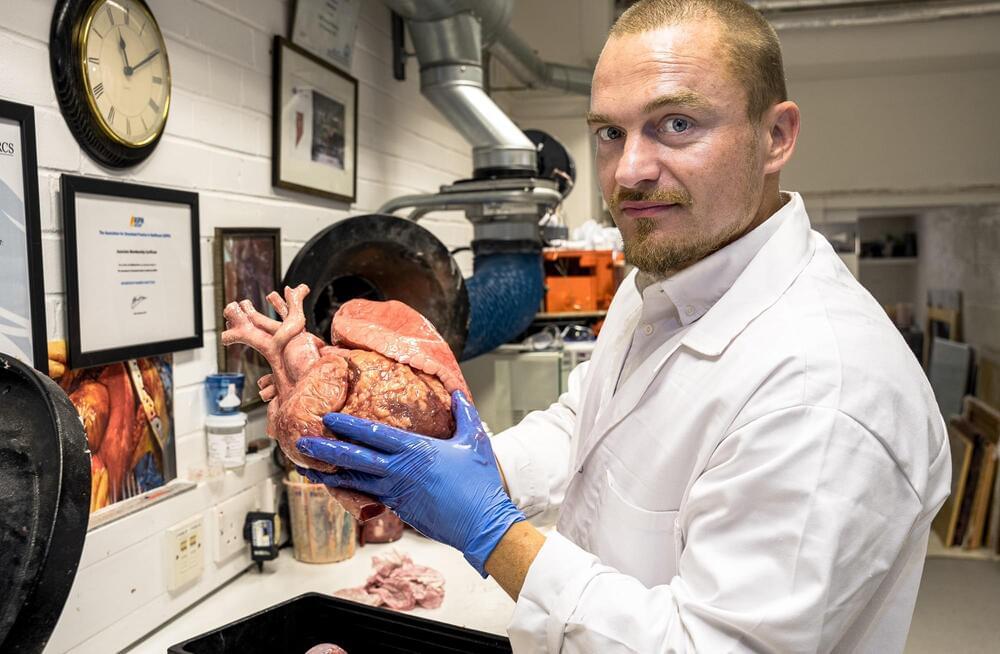On Friday 5 April, at 6.25 p.m., the LHC Engineer-in-Charge at the CERN Control Centre (CCC) announced that stable beams were back in the Large Hadron Collider, marking the official start of the 2024 physics data-taking season. The third year of LHC Run 3 promises six months of 13.6 TeV proton collisions at an even higher luminosity than before, meaning more collisions for the experiments to take data from. This will be followed by a period of lead ion collisions in October.
Before the LHC could restart, each accelerator in the CERN complex had to be prepared for another year of physics data taking. Beginning with Linac4, which welcomed its first beam two months ago, each accelerator has gone through a phase of beam commissioning in which it is gradually set up and optimised to be able to control all aspects of the beam, from its energy and intensity to its size and stability. During this phase researchers also test the accelerator’s performance and address any issues before it is used for physics. Following Linac4, which contains the source of protons for the beam, each accelerator was commissioned in turn: the Proton Synchrotron Booster, the Proton Synchrotron, the Super Proton Synchrotron, and finally the LHC from 8 March until 5 April. The whole complex is now ready for data taking.
Back to the CCC. While stable beams are the goal, the CCC engineers must first take several steps to achieve them. First, they must inject the beams into the LHC from the previous accelerators in the chain. Then begins the ramp-up process, which involves increasing the beam energy up to the nominal energy of 6.8 TeV. The next step – shown as “flat top” on LHC Page 1 – is where the energy in the beams is consistent, but they’re not quite ready yet. In order to achieve stable beams, the circulating beams must then be “squeezed” and adjusted using the LHC magnets. This involves making the beams narrower and more centred on their paths, and therefore more likely to produce a high number of collisions in the detectors. Only after the squeezing and adjustment has been completed can stable beams be declared and the experiments around the LHC begin their data taking.
